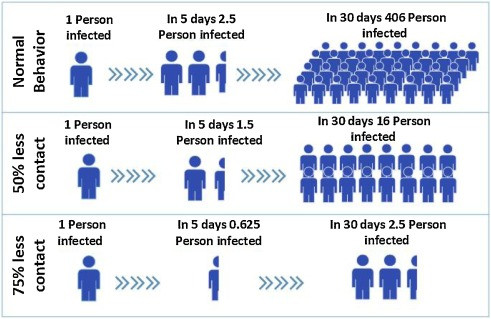
COMPARATIVE STUDY OF EXPENDITURE CONTROL METHODS IN HEALTH FACILITIES IN THE BONO REGION.
The purpose of the study was to compare various expenditure control systems and practices in various hospitals (government, mission and private) in the Bono region. Specifically, the study ascertained the expenditure control methods adopted by these health institutions, the expenditure control practices, the similarities and differences in these methods and practices, and looked their weaknesses and strengths. The study used explanatory case study design and data were collected using questionnaires. The study population was made up of core management staff of these health facilities. The main findings of the study are the publicly owned hospitals and the Mission or Christian Health institutions (CHAG) use appropriation control, commitment control, control of regularity and accounting cash controls, however, the private hospitals use only one of the controls which is the aggregate cash control. Again, while both the public and the mission hospitals practice similar expenditure control practices, the privately owned health facilities, the processes are dependent on contingencies (i.e. when the needs arise). The study revealed that the public and CHAG health facilities prepare comprehensive and approved budget, have institutional internal audit function, prepare Local Purchase Order (LPO), and the preparation of disbursement vouchers and payments. The study further revealed breaches of the expenditure control processes particularly as top management stepping aside the rules due to interferences, and there is a failure to check the availability of funding before authorizing expenditure, circumvention of controls at key stages, including through collusion, delays in processing of payments, failure to record and maintain data on commitments and reporting delays, and accumulation of liabilities/arrears
